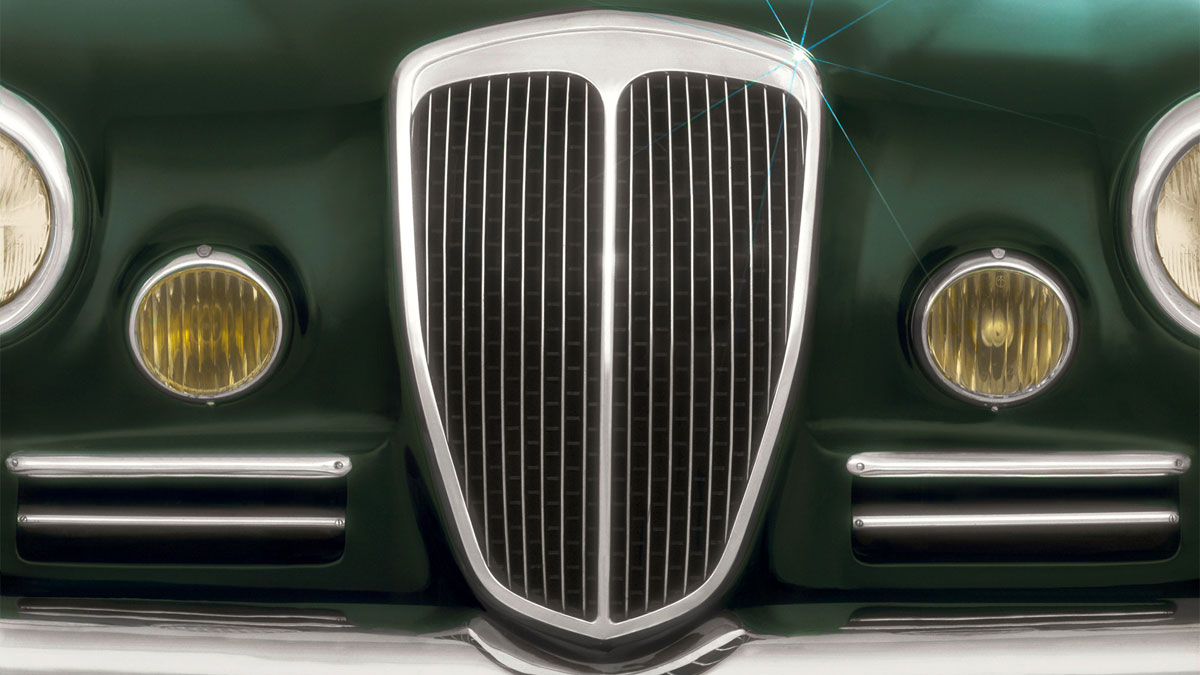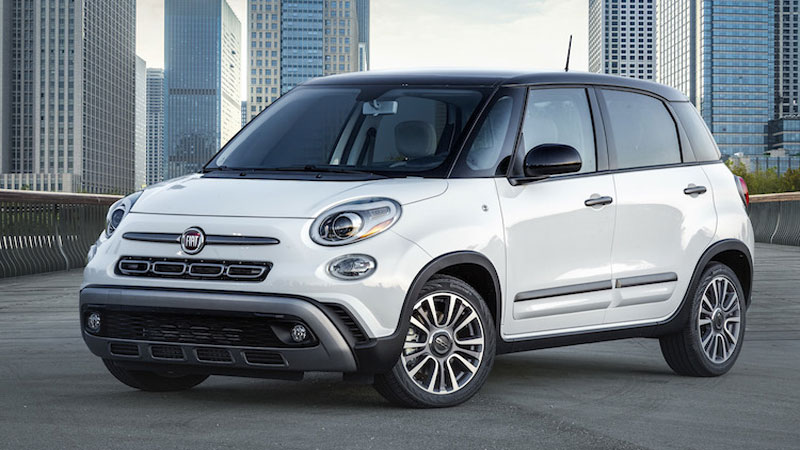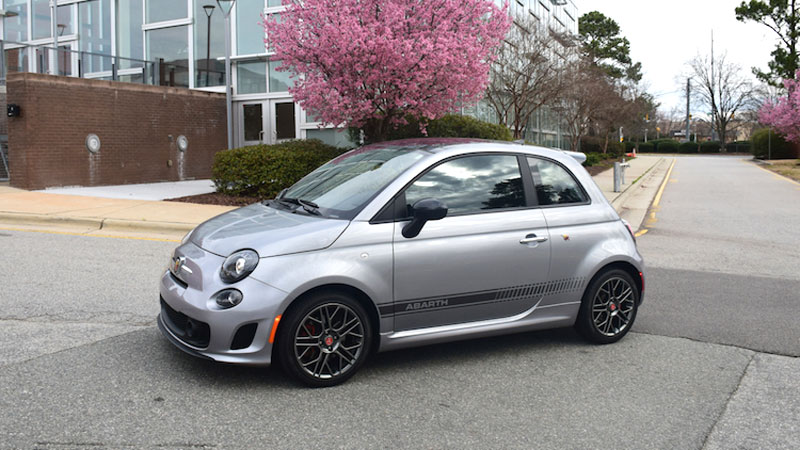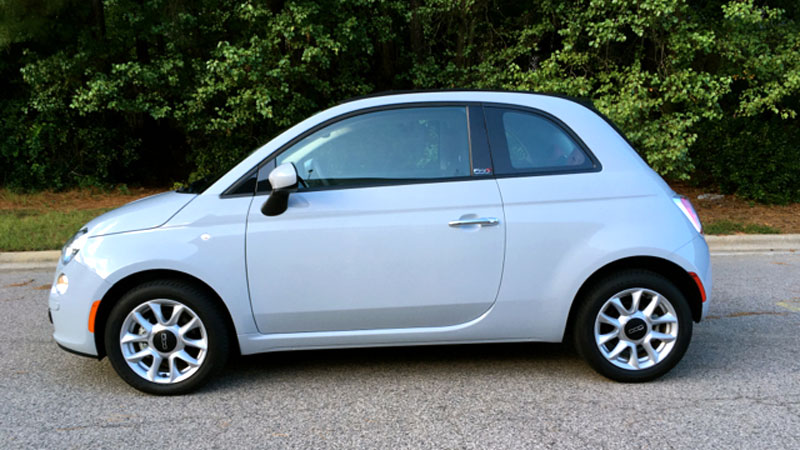The History of Lancia
Part of the Stellantis conglomerate, Lancia is a car manufacturer based in Italy, renowned for its rally heritage, and automotive innovation. The brand was born in the early 1900s and produced a myriad of well-known cars, like the Stratos, Delta, and Fulvia. However, since the late 1990s and early 2000s … Read more





